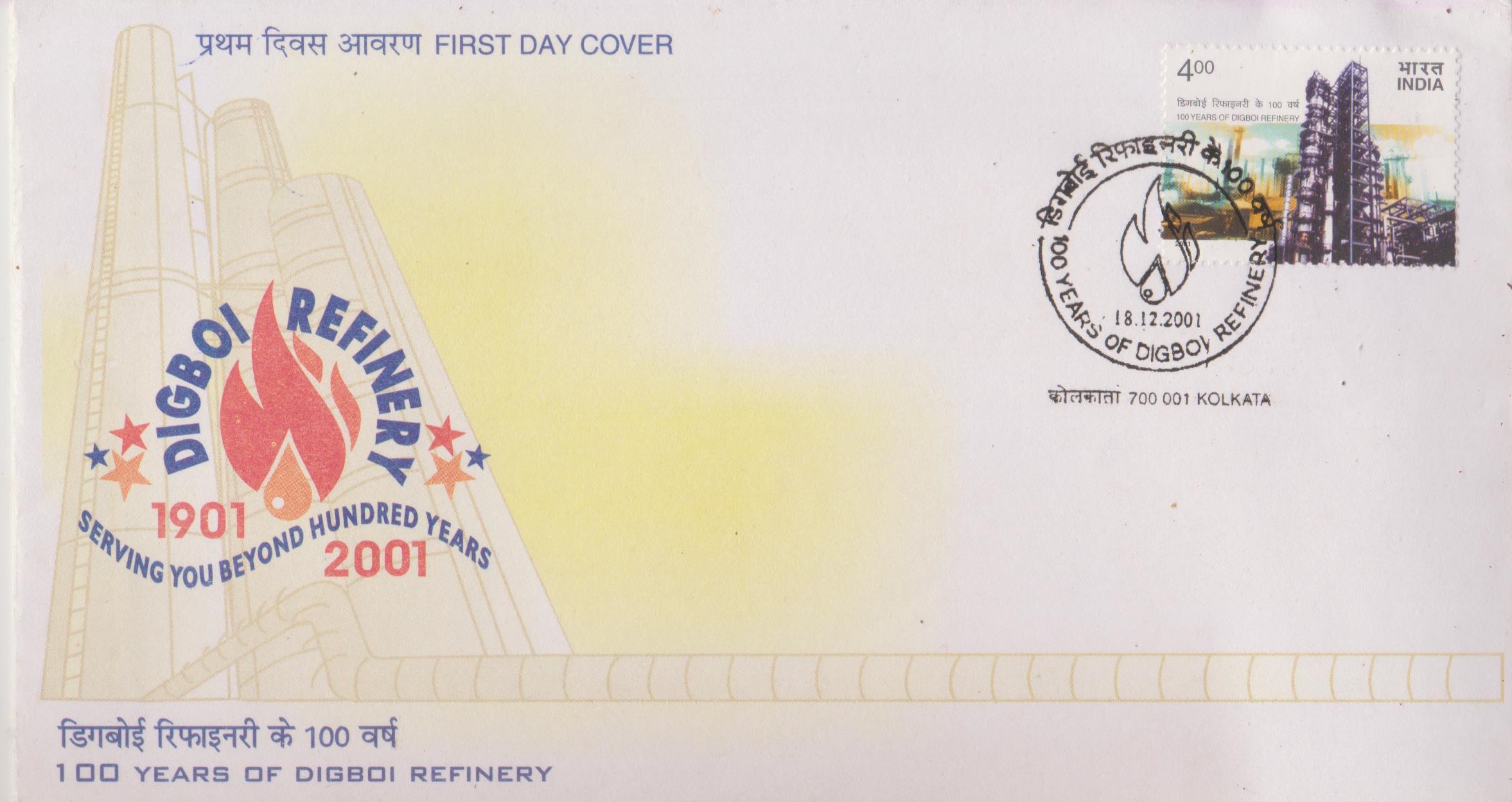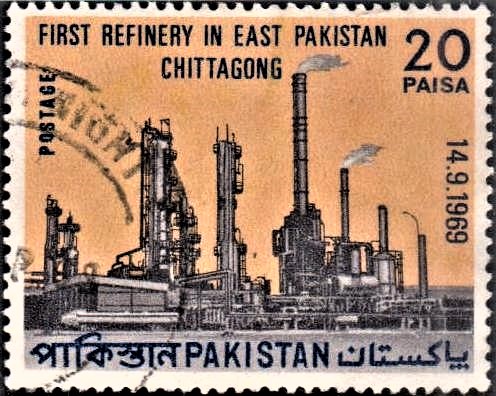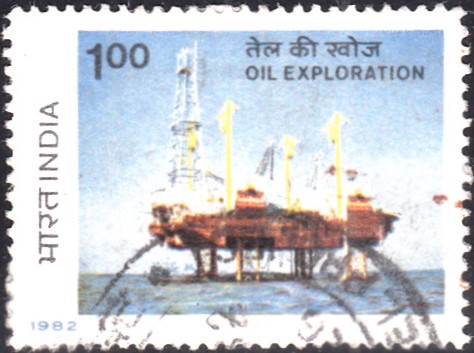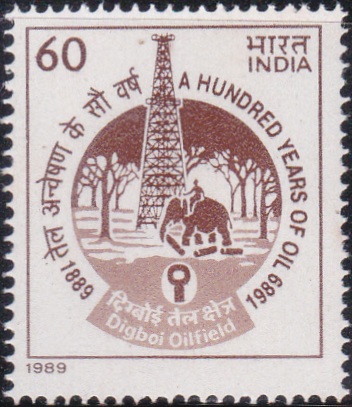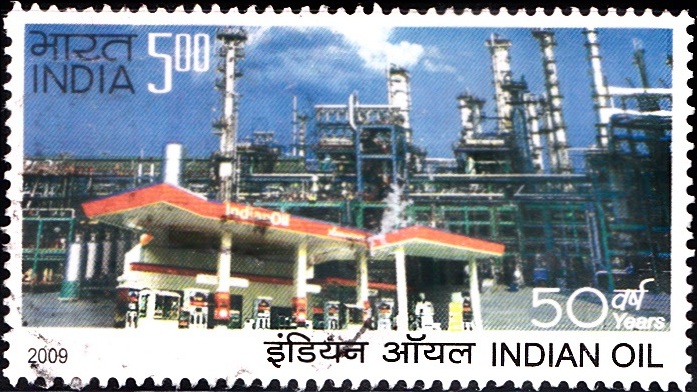
Gauhati Refinery
A commemorative postage stamp on the inauguration of the 1st Indian Oil Refinery at Guwahati, Assam :
Issued on Jan 1, 1962
Issued for : The issue of a special stamp on the inauguration of the refinery by the Prime Minister, Shri Jawaharlal Nehru on January 1, 1962, will focus public attention on yet another achievement in the country’s industrial process.
Design : The stamp gives a view of the refinery and the inset has a picture of the one-horned rhinoceros, which is symbolic of Assam State where the refinery is located.
Type : Stamp, Mint Condition
Colour : Dark Blue
Denomination : 15 nP
Size : 3.91 x 2.90 cms
Perforation : 13
Watermark : All over multiple “Lion Capital of Asoka“
Number printed: 2.5 million
Set : 35 per issue sheet
Printing Process : Photogravure
Printed at : India Security Press
About :
- Oil is the life-blood of modern Industry. It is but natural that in the development plans of the country, exploration and production of oil should receive a high priority.
- The establishment of the first public-sector oil refinery at Nunmati near Gauhati (Assam) marks an important step in the growth of oil industry in India.
- Crude oil that is produced from oil wells cannot be readily used. Gasoline, kerosene, high-speed diesel and light diesel oil, lubricating oils, heavy fuel oil, asphalt and other such products, which the consumer gets, are all derived from crude mineral oil by a series of refining processes. In fact, crude oil is one of the most versatile minerals known and it is a matter of wonder that so many products of different types are produced from the same basic source. To obtain this variety of products from crude oil is the job of an oil refinery.
- The Government of India, realising the strategic and fundamental role that petroleum products play in the life of the nation and in conformity with the Industrial Policy Resolution of 1956, decided that refineries should be constructed in the public sector. The Indian Refineries Limited was incorporated on August 22, 1958. Owned wholly by the Government of India, it had an authorised capital of Rs. 30 crores and is for the present entrusted with the construction, operation and maintenance of two refineries – at Gauhati in Assam and Barauni in Bihar.
- The refinery at Gauhati, which was the first to be set up, had a capacity of processing 0.75 million metric tons of crude oil per annum. When fully commissioned, the refinery will produce 163,700 metric tons of kerosene, 183,500 metric tons of diesel oils, 160,200 metric tons of gasoline, 113,200 metric tons of furnace oil and 109,400 metric tons of other products such as coke, aromas and refinery gases.
- With the production pattern designed to maximize the production of what are known as middle distillates (kerosene and diesel oil) as compared to light distillates (gasoline) or residuals (furnace oils etc.), the refinery will help to save a lot of foreign exchange which is now spent on importing these deficit products.
- To set up the refinery, about 4 million cubic metres of earth had to be moved; 1,100 piles were driven at the site; about 13,000 cubic metres of concrete went into construction and about 18,500 tons of equipment had to be shipped from Romania and carried by stages from Calcutta to Gauhati and then to Nunmati. Nearly 5,000 workers were engaged in the construction of this refinery.
- The total cost of construction of the refinery is estimated at Rs. 17.7 crores. The plant has been supplied by the Romanian Government who agreed to give long-term credit of Rs 5.6 crores on an interest of 2.5 per cent, repayable in phases. They also designed the refinery and provided technicians for supervision of construction and training Indian personnel. The actual construction was done by Indian Engineers and contractors.
- Besides bringing prosperity to the region – a number of secondary industries such as a coke calcination unit are already planned – the refinery marks a significant milestone in India‘s march towards self-efficiency.



